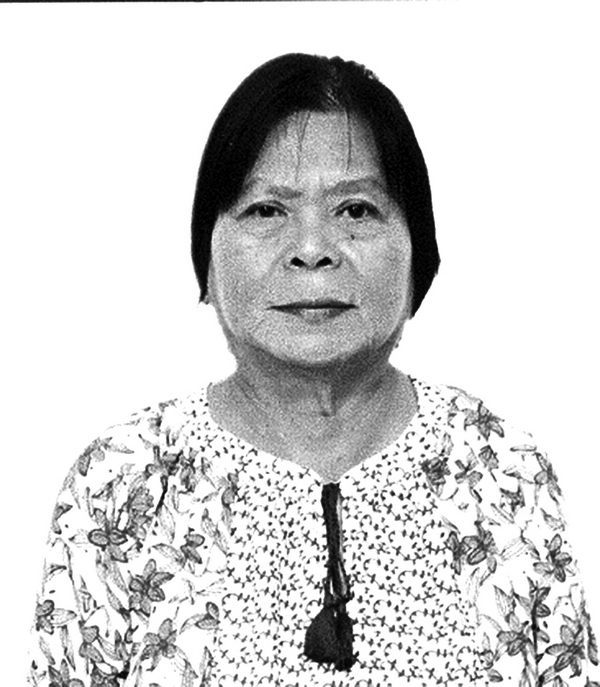
As a child I grew up in a Catholic school, St. Catherine’s School in Carcar, thinking that going to mass was part of my religion class ably handled by the ICM nuns who were mostly Belgians. Inside the church of St. Catherine of Alezandria, patron saint of the church, there were three pews reserved for the ICM nuns on the right side of the nave (the last three pews of the first half of the church). Every time I went to church my attention was more on the ICM nuns attending the mass rather than on the presiding priest because of their “holy” presence which put everyone on guard. They usually attended the six o’clock mass in the morning. During Holy Communion they would put on a black cape and they would be the first to fill the communion rail. They removed it at the end of the mass. Later they would stop attending mass in the church because it was the school chaplain who said mass in the school chapel everyday.
When there were no more nuns to watch, my attention was focused on the church ceiling, statues especially the angels posted on every post), the altar, the old long benches and the beautiful chandeliers. Appreciation for ecclesiastical art came when I was a college student in St. Theresa’s College where local culture and history was strongly integrated through the tireless efforts of Sister Maria Delia Coronel, ICM. There was so much study and writing about the rich cultural heritage of Carcar including its church. The awareness and consciousness of local cultural heritage would trigger more research, scholarship and advocacy among Sister Delia’s students. Before graduating in college, a group of us seniors would walk from STC to the Capitol parish church every Saturday afternoon to clean the altar and its accompanying accessories making it ready for the Sunday mass.
Little did I realize that the Saturday cleaning of the altar and surrounding is one small way of preserving our churches which have been deteriorating all these decades. This week two events remind us of the cultural and religious meanings of our places of worship. There was a book talk and launching of the “Illustrated Manual for the Repair and Maintenance of Spanish Period Structures in the Philippines” with Detailed Studies from Cebu and Bohol Dr. Ing. Raimund Becker-Ritterspach and Architect Melva Rodriguez-Java, FUAP at the Archdiocesan Heritage Museum, and the lecture on “On the Theology of Ecclesiastical Design aand Architecture” by Rev. Fr. Brian C. Brigoli at the Casa Gorordo Museum. The Manual is a publication of the USC Press as part of the Panagtagbo 2021 Series, as a preparation for the 500th anniversary of the Magellan Expedition to the Philippines. The Lecture on Ecclesiastical Art is part of the Heritage for Media Series of the Cultural Heritage Unit of the Ramon Aboitiz Foundation Inc. (RAFI-CHU).
The twin cultural events made us look at churches, how we are to understand our faith through our structures of faith teemed with layers of stories and meanings revealing the history and struggle of the church. Built environment has the capacity to affect the human person deeply. Church buildings affect what we believe. Fr. Brian stressed the three natural laws of Church architecture: verticality, permanence, and iconography which we see in churches, cathedrals, and basilicas.
Because religious structures are inseparable from the belief system that they embody, their material conservation is a primary concern. Therefore, proper care and management of these structures must be practiced by its custodians. However, the custodians of such structures are often the leaders of religious communities, not conservation experts. The Manual stresses that the aid of conservation professionals working with these custodians is therefore a must for the proper material conservation of religious cultural heritage. The Manual contains the most essential maintenance and repair instructions for the day-to-day upkeep of Spanish period coral stone and timber religious structures, many of which are found in Cebu and Bohol.
Disclaimer: The comments uploaded on this site do not necessarily represent or reflect the views of management and owner of Cebudailynews. We reserve the right to exclude comments that we deem to be inconsistent with our editorial standards.
